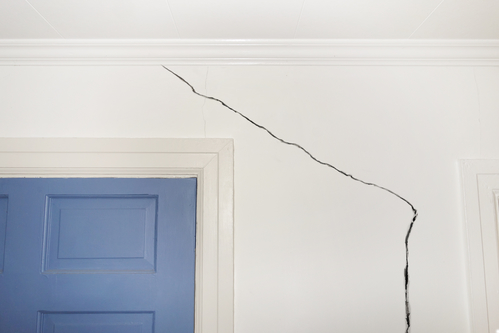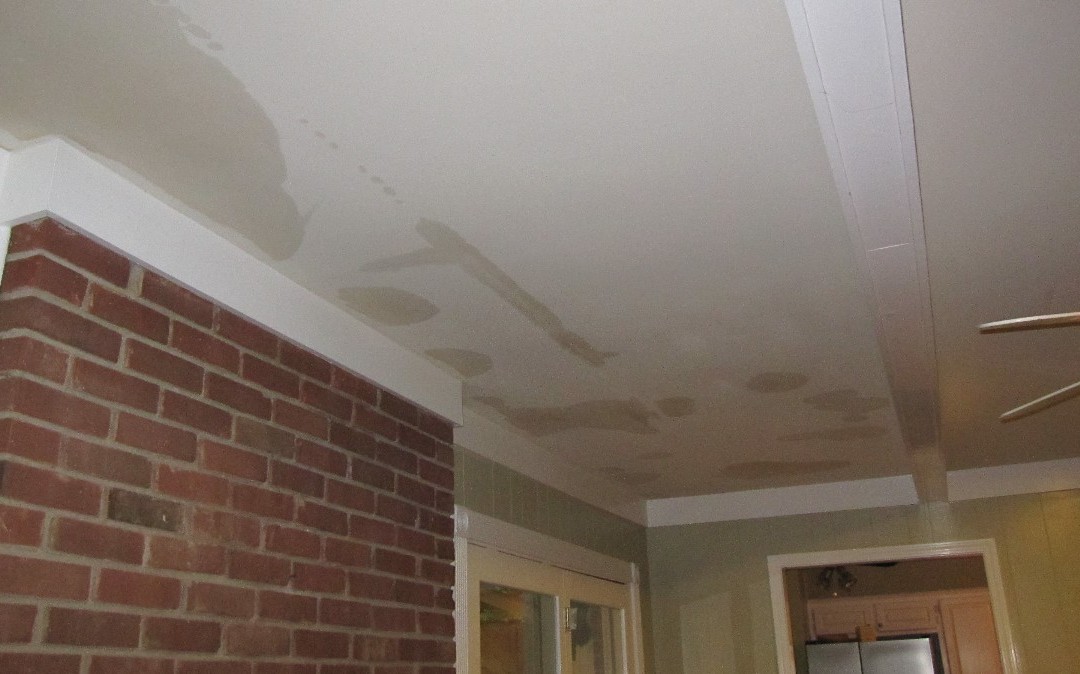Stain from Water on Wall Surfaces - Inspection and Address Recommendations
Stain from Water on Wall Surfaces - Inspection and Address Recommendations
Blog Article
The writer is making a number of great pointers on the subject of Indicators of Water Damage Behind Walls as a whole in this post below.

Water discolorations on wall surfaces are not pleasurable to the eyes. Your residence ought to be without discolorations on the walls, roof, or floors. That is the optimal state of a house as well as its frameworks. Often it seems nearly unavoidable to experience water discolorations on wall surfaces in residences.
House owners living in moist areas constantly deal with the anxiety of water stains on walls. With exact as well as all-around information on the reasons of water discolorations and prompt repair work procedures, you will constantly be a step ahead of such events.
3 Typical Sources Of Water Discolorations on Wall Surfaces
In contrast to popular belief, water stains on walls do not constantly come from bad structure materials. There are numerous root causes of water stains on walls. These consist of:
Moist
When warm damp air meets with completely dry cold air, it triggers water beads to form on the wall surfaces of buildings. This takes place in washrooms as well as cooking areas when there is heavy steam from food preparation or showers. The water droplets can tarnish the bordering walls in these parts of your residence and spread to other locations.
Moist or condensation influences the roof covering as well as walls of structures. This triggers them to appear darker than various other areas of the home. When the wall is wet, it produces an appropriate environment for the growth of microbes as well as fungis. These might have adverse results on health and wellness, such as allergic reactions and respiratory conditions.
Poor Water drainage
When making a structure strategy, it is crucial to ensure adequate drain. This will certainly prevent water from seeping right into the wall surfaces. Where the water drainage system is clogged or missing, below ground moisture builds up. This web links to too much moisture that you see on the wall surfaces of your building.
The leading cause of wet walls, in this instance, can be an inadequate drainage system. It can likewise be because of bad monitoring of sewage pipes that run through the structure.
Pipeline Leaks
Most houses have a network of water pipes within the wall surfaces. It always boosts the practicality of such pipes, as there is little oxygen within the walls.
Yet, a disadvantage to this is that water leak influences the walls of the structure and also triggers widespread damages. An indicator of damaged pipes is the appearance of a water stain on the wall.
Pro Pointer
A houseplant in your home additionally boosts its humidity. So, if the house is currently humid, you might want to present houseplants with marginal transpiration. An example of appropriate houseplants is succulents.
Water Spots on Wall Surface: Fixing Tips
When dealing with water spots, home owners would normally desire a fast solution. Yet, they would quickly realize this is counterproductive as the water stains recur. So, below are a couple of useful suggestions that will certainly lead you in the repair of water spots on wall surfaces:
Conclusion
Although nobody wishes to have water spots on walls in their residence, it can occur to the best of us. This write-up provides you leverage, as you currently know how to handle this accident if it does happen.
It is constantly best to recruit specialist solutions to assist fix the problems in your home.
Often it seems nearly inescapable to experience water discolorations on wall surfaces in houses.
Contrary to prominent belief, water spots on walls do not constantly stem from bad building products. There are numerous reasons of water spots on walls. The water droplets can tarnish the bordering walls in these parts of your house as well as spread to other locations.
Right here are a few handy tips that will assist you in the repair of water discolorations on wall surfaces:
CHECKING FOR WATER DAMAGE
Water damage can be costly, and it may begin before you even notice the first signs of trouble. Water damage can cause mold and mildew in your walls and floors, which can create an abundance of health concerns for your family. It can also lead to costly repairs of various appliances and general home fixtures. To avoid the pricey consequences of water damage, here are Warner Service’s top 5 places you should check:
The walls – The easiest place to spot the beginnings of water damage is on the walls and ceilings of your home. If water damage is present, there will most likely be water stains, especially around the windows and doorframes, and/or cracks in the drywall. If a stain looks unusual (discolored to brown, black or gray, raised texture), has a swollen appearance or is soft to the touch, contact a professional immediately. The pipes – To avoid water damage, consistently check the pipes in your kitchen (especially the dishwasher and ice maker), bathrooms, laundry room (specifically washing machines) and basement for corrosion, leaks and water stains. Pay special attention to where the pipes connect in your home and the location of caulking around the bathroom fixtures, including toilets, sinks, showers and tubs. Missing or loose caulking and grout could be signs of leaking water. This seepage can also quickly cause mold and rust, so double check your water heater and tank for wet spots on the floor. The floor – Water damage is very easy to spot on the floor. Look for any warping or buckling of the material, especially in the basement. If your home has wood flooring, look for bright white or dark stains. If your home has carpeting, keep it dry and clean. A damp carpet that smells of mold could cause water damage and health problems. To avoid this, consider installing floor pans under your appliances to help prevent damages from small, slow and undetected leaks. The basement and attic – If your basement or attic smells odd check for mold and mildew around the area, especially the valley where the roof meets. While you are inspecting those areas, check for wall cracks, floor stains, rust and dampness in the insulation. If you live in a colder and/or rainier climate, perform routine checks for water damage from melting snow or ice and rain. The exterior – Check the roof for damaged flashing and missing, cracked or curled shingles. There should also be no standing water anywhere outside your home. This could be caused by puddles, leaky rain gutters or hoses, poor drainage, or short gutter spouts. Invest in a sump pump system or water flow monitoring system, and perform routine maintenance on these outdoor appliances to avoid indoor water damage.

I ran across that entry about Water Stains on Walls when doing research the internet. Sharing is nice. Helping people is fun. Thanks a lot for taking the time to read it.
Burst issue? Contact. Report this page